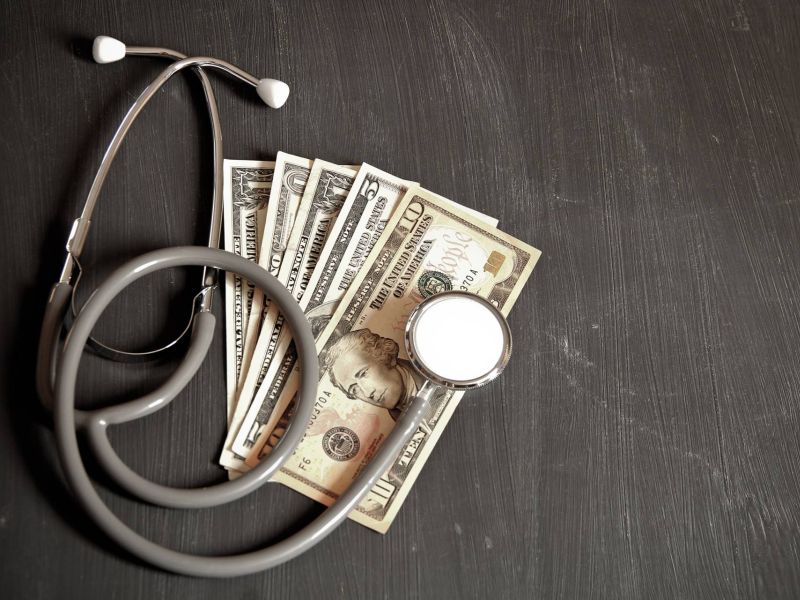The patient experience matters. Traditionally, organizations look to HCAHPS and other commonly accepted metrics to manage their patient experience initiatives. The evidence suggests that organizations that focus on those measures alone may not be asking the right questions to get a true barometer of what matters most to the patient.
Let’s look at a recent Advisory Board review of a comparison study between Yelp reviews and HCAHPS scores. The study examined about 1,350 hospitals that had received both HCAHPS scores and reviews on Yelp with a total of 17,000 Yelp reviews. The findings were that over 80% of the topics reviewed on Yelp were not related to the HCAHPS survey.
"Current hospital ratings based on HCAHPS may be missing the major drivers of patients’ overall experiences of care,” according to the Advisory Board analysis.
Patients are making care decisions in the moment leaving healthcare organizations that don’t focus on the patient experience at risk of losing their patients to alternative options.
“Patients are increasingly shopping for healthcare services, seeking the best possible overall experience when they need care,” said Jean-Pierre Stephan, managing director of Accenture’s Health customer relationship management offerings. “As a result, leading hospitals are growing profitability not by cutting costs, but by improving the patient experience and satisfaction.”
Research has also shown a correlation between quality care, patient outcomes and patient experience and satisfaction. A Deloitte study found that hospitals with “excellent” ratings (a 9 or 10 out of 10) for patient experience performed better on many of the 18 included clinical quality measures when compared to those with “low” (a zero to 6 out of 10) scores for experience.
There is also a direct correlation between patient experience and profit margins for healthcare organizations. US hospitals that provided a “superior” patient experience gained net margins that were 50 percent higher, on average, than those that deliver an “average” customer experience, researchers from Accenture observed. “The extent that hospital margins increased with a 10 percent improvement in consumer experience scores grew 70 percent over six years, from 1.04 percent in 2008 to 1.72 percent in 2013,” Accenture stated.
So with quality, outcomes and profit margin directly corelated to the patient experience, the question becomes why are so many organizations using lag measures, like HCAHPS, instead of lead measures, like rounding as an example. The answer is typically that organizations don’t have the proper tools or time to capture, analyze and act on real-time patient feedback.

